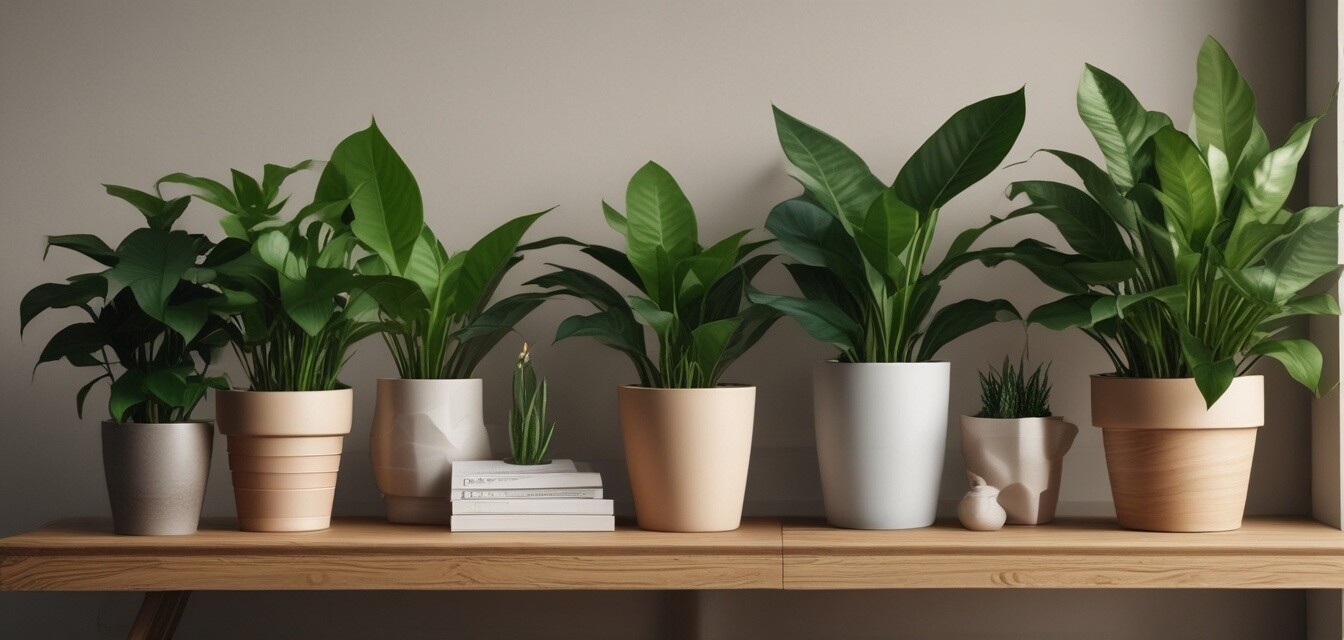
Ecological Gardening Techniques for Urban Homes
Key Takeaways
- Ecological gardening promotes sustainability and health.
- Adopt techniques suitable for small urban spaces.
- Use natural resources and organic materials for plant care.
- Explore diverse plant options fitting urban settings.
- Stay updated on new trends in sustainable gardening.
As urban living expands, more individuals are discovering the benefits and joys of ecological gardening. This practice not only caters to the aesthetics of your space but also promotes sustainability and healthier living environments. Urban dwellers can adopt various techniques that blend seamlessly into their lifestyles, turning their homes into vibrant green spaces. In this article, we will explore effective ecological gardening practices adapted for urban settings.
Understanding Ecological Gardening
Ecological gardening, often referred to as organic gardening, focuses on creating a sustainable ecosystem that enhances the health of both the plants and the environment. This practice emphasizes:
- Minimal use of chemical fertilizers and pesticides
- Incorporating native plants
- Using organic materials to enrich the soil
- Implementing water-saving techniques
- Promoting biodiversity
The Importance of Sustainability in Urban Gardening
Urban areas often face challenges due to pollution, limited green spaces, and resource management. Adopting ecological gardening techniques can transform these challenges into opportunities:
- Improved air quality by incorporating plants that purify the air
- Better management of rainwater through green roofs or rain gardens
- Encouraging the local ecosystem by attracting pollinators
- Reducing the carbon footprint by growing food locally
Key Practices for Ecological Gardening in Urban Homes
Here are several effective techniques that urban homeowners can implement to foster a green and sustainable environment:
| Technique | Description |
|---|---|
| Container Gardening | Utilizing pots and planters to grow plants in small spaces while enhancing mobility and control over soil quality. |
| Vertical Gardening | Maximizing limited space by growing plants upwards using walls or trellises, perfect for herbs and climbers. |
| Composting | Creating nutrient-rich soil from household organic waste, which reduces landfill burden while enhancing plant health. |
| Rainwater Harvesting | Collecting rainwater for irrigation to conserve water and reduce utility costs. |
| Use of Native and Drought-Resistant Plants | Selecting species that thrive naturally in your area, requiring less water and maintenance. |
Container Gardening: The Gateway for Urban Dwellers
Container gardening is an ideal starting point for individuals new to ecological gardening. By using pots, you can:
- Choose specific soil and compost mixtures
- Control the drainage and prevent overwatering
- Relocate plants if sunlight or weather conditions change
For more insights on setting up a container garden, visit our Buying Guides.
Vertical Gardening: Space-Saving Solutions
Vertical gardening is a clever way to make the most out of limited space. It involves:
- Hanging planters or wall-mounted gardens
- Using shelving units for various plant types
This technique is not only functional but also visually appealing. For inspiration on small-space plants, check out our article on Small-Space Plants.
Tips for Successful Ecological Gardening
Beginner Tips
- Start small: Choose a few plants and gradually expand your collection as you gain experience.
- Research your plants: Understand their needs regarding light, water, and soil.
- Be patient: Plants take time to grow and adapt to their environment.
- Join local gardening groups: Networking with experienced gardeners can provide valuable insights and support.
Staying Up-to-Date with Trends
The world of houseplants and gardening is constantly evolving. Staying informed about the latest trends can enhance your gardening experience:
- Experimenting with rare and exotic houseplants can add personality to your home.
- Understanding new water-efficient methods can optimize your gardening routine.
- Following seasonal trends helps in selecting plants that will thrive throughout the year.
For the latest news and trends in the houseplant world, browse our News and Trends section.
The Benefits of Growing Your Own Indoor Plants
Indoor gardening offers numerous advantages that extend beyond aesthetics. Some of the key benefits include:
- Enhancing the ambiance of any living space
- Providing a sense of accomplishment through nurturing plants
- Contributing to a healthier indoor environment
Pros
- Improved air quality in your home
- Able to grow food in minimal space
- Lower environmental footprint
Cons
- Initial setup may require a bit of investment
- Certain plants may need specific conditions to thrive
Conclusion
Embracing ecological gardening techniques in urban homes brings joy, sustainability, and health benefits. By implementing these tips and staying informed about trends, even the busiest urban dwellers can cultivate their lush indoor gardens. So go ahead, explore your options, and transform your home into the green sanctuary you've always wanted!

